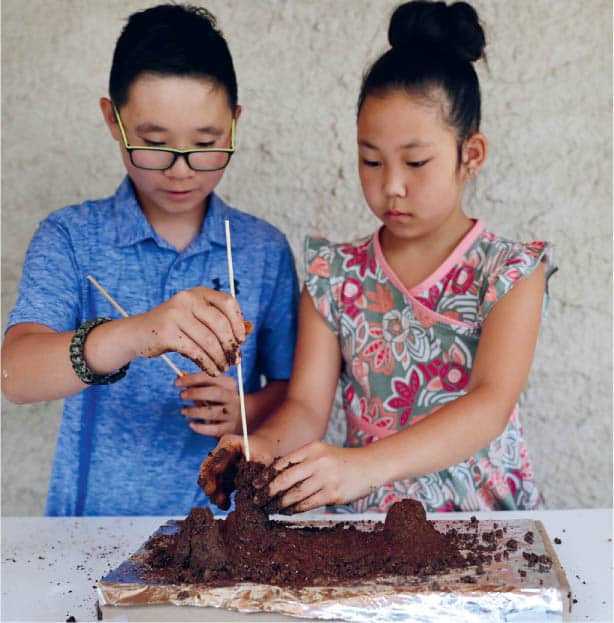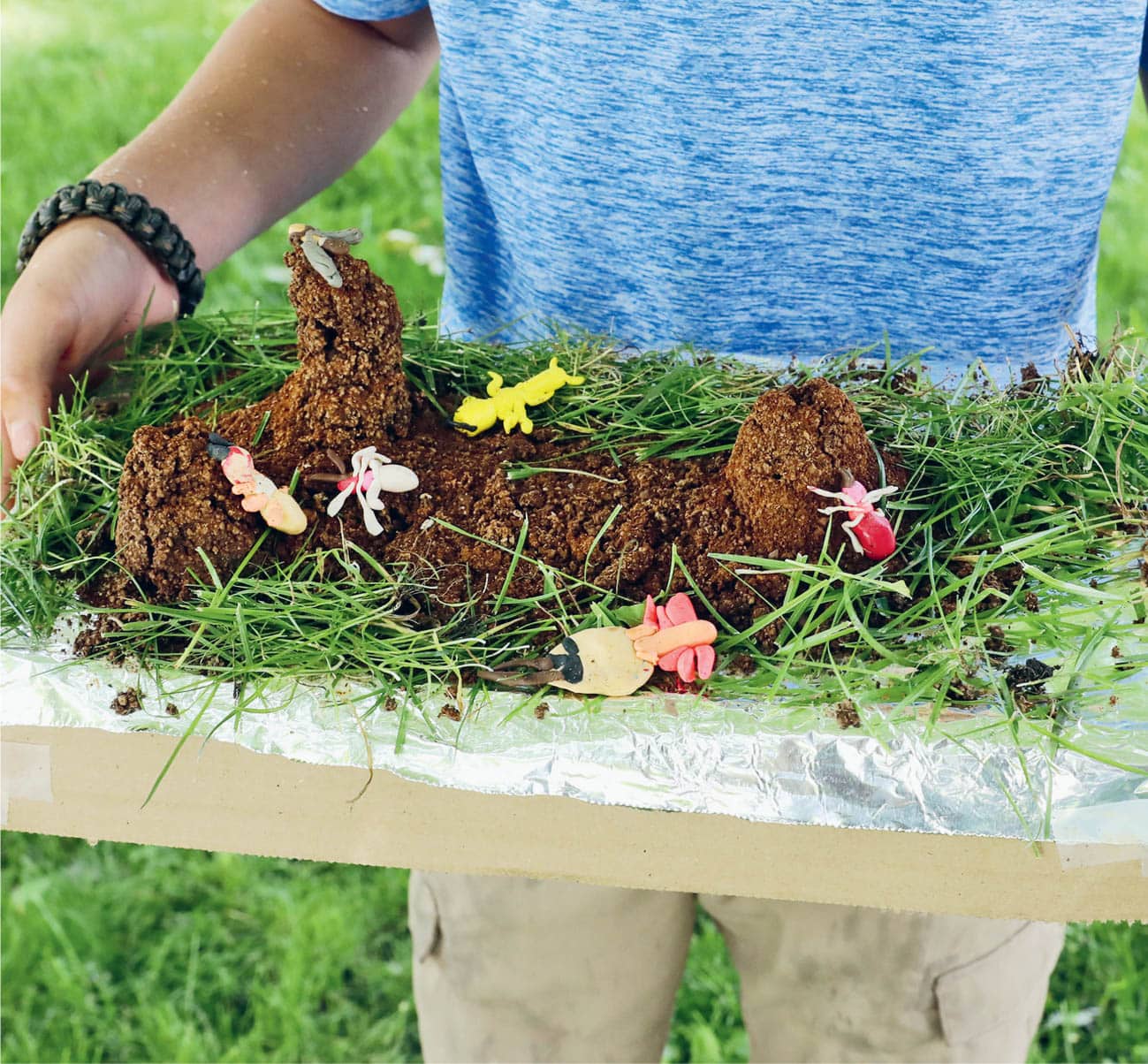 LAB 19
LAB 19 
Margaret S. Collins b. 1922

AN EXPLORER
As a girl, Margaret Collins loved to explore in the woods near her house in West Virginia. Born in 1922, she was the fourth of five children. Her parents had both attended college, and her father had gone on to receive a master’s degree. Her mother, who had wanted to be an archeologist, wasn’t able to complete her undergraduate degree but she taught her children the importance of education, a lesson that Margaret never forgot.
CHILD PRODIGY
At the age of six, Margaret’s advanced intellect was already evident. She was called a child prodigy, given a library card at the West Virginia State College Library and allowed to skip two grades. When she was only fourteen years old, Margaret graduated from high school and went to college. Graduating with a degree in biology, she also earned minors in physics and German.
STUCK IN THE LAB
Margaret completed her Ph.D. at the University of Chicago in the lab of Alfred E. Emerson, a termite expert. Not only was Emerson an expert, but he had the largest collection of termites in the world. Emerson was a good mentor, and shielded Margaret from some of the racism she faced. Unfortunately, like many male scientists at that time, he didn’t want a woman doing field work with him, so while he chased down interesting termites, Margaret was stuck in the laboratory. Despite this, she managed write an important paper on termites.
A PROFESSOR
Zoology is the branch of biology that studies the animal kingdom. When she got her Ph.D., Dr. Collins became the first African American woman entomologist and the third female African American zoologist. She went to work as a professor at Howard University, but left because men and women weren’t treated equally. She later worked for Florida A&M and spent a year at the University of Minnesota before returning to Howard University. During these years, she was fighting hard for civil rights.
GETTING INTO THE FIELD
By this time, Dr. Margaret Collins had come to think of herself as a field biologist and loved traveling the world to study termites in their natural habitat. In 1989, she discovered a new species of termite in Florida, called the Florida damp wood termite. She died in the Cayman Islands in 1996 at the age of seventy-three, doing what she loved best: studying termites.
IN TODAY’S WORLD
Scientist today still study termites, but not just because they can be destructive. Companies are attempting to duplicate termite saliva for industrial use, because it makes termite mounds so strong. Researchers are also interested in how the structure of termite mounds, which stay cool inside when it’s hot outdoors.

Margaret Collins knew that termite mounds, which are glued together by termite saliva, are incredibly strong. Modern chemists have concocted a synthetic version of termite spit which they hope to use for building stronger roads. It’s fun to mix up some “termite saliva” at home from glue, cornstarch, and water. Use it to build termite mounds from coffee grounds. Save coffee grounds for this project ahead of time. Used coffee grounds can be quickly dried out in the oven on a baking sheet. 1 Line a baking sheet with foil. 2 Search for some images of termite mounds online. 3 Make “termite saliva” by mixing ¼ cup (60 ml) of water, ½ cup (120 ml) of washable glue and ¼ cup (32 g) of cornstarch. Fig. 1. Fig. 1. Make termite saliva. 4 Measure out ½ cup (64 g) dried coffee grounds and add them to a separate container. 5 Add 2 tablespoons (30 ml) termite saliva to the coffee grounds, mix them well, and form them into the shape of a termite mound on the foil-lined baking sheet. Fig. 2. Fig. 2. Mix termite saliva with coffee grounds. 6 Repeat steps 4 and 5, but this time, add ¼ cup (60 ml) termite saliva to ½ cup (64 g) coffee grounds to build a second mound. Fig. 3. Fig. 3. Form mixture into mounds and let them dry. 7 Let the mounds dry and compare them. Which is stronger? Why? How will air flow through each of them? What else could you add to the termite saliva to build a stronger mound? 8 Look up images of termites and sculpt termites to add to the mounds. Fig. 4. Fig. 4. Sculpt termites to add to the mounds. 9 Make a diorama. Fig. 5. Fig. 5. Create a termite mound diorama. CREATIVE ENRICHMENT Develop a recipe for termite saliva that allows you to make the tallest, strongest mound possible. Adjust proportions of glue, cornstarch, and water, or try using other ingredients, such as nonwashable glue or cream of tartar. Determine the optimal amount of “termite saliva” to add to the coffee grounds. THE BIOLOGY BEHIND THE FUN Termites are phenomenal architects. Some species live inside the wood of trees and buildings, and others inhabit mounds made of clay, sand, soil, termite saliva, and dung. The above-ground part of a termite mound, called the “chimney,” is porous, which means that it’s full of tiny holes that air can travel through. Honeycombed with tunnels, the chimney is a marvel of engineering which circulates air throughout the nest. While most of the termites live in nests at ground level, or below ground, their mounds are full of chambers where they store wood. In their nests, termites cultivate gardens of fungi, which helps them to digest the wood they eat.ZOOLOGY/TERMITES
MATERIALS
SAFETY TIPS AND HINTS
PROTOCOL





